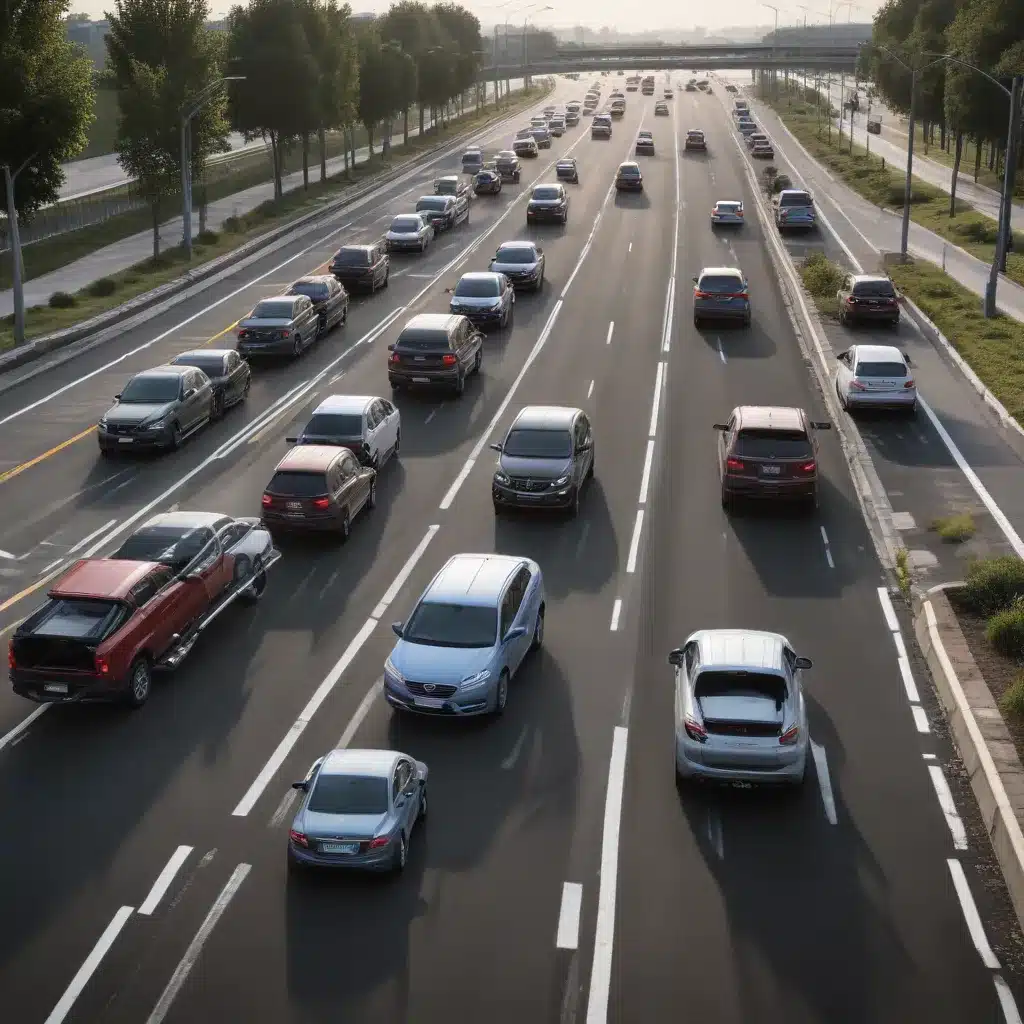
Navigating the Cybersecurity Landscape of Connected Cars
The automotive industry is undergoing a remarkable transformation, driven by the rapid advancement of connected and software-defined vehicles (SDVs). As cars become increasingly integrated with the Internet of Things (IoT), they expose a vast attack surface vulnerable to malicious actors. The malware threat to the automotive industry has never been more critical, demanding a comprehensive cybersecurity strategy to safeguard these digital-first vehicles.
The Rise of Software-Defined Vehicles (SDVs)
The transition to SDVs represents a fundamental shift in vehicle architecture, with software playing a central role in functionality and user experience. This evolution enables over-the-air updates, continuous improvements, and the integration of advanced features like autonomous driving and connected services. However, the integration of vehicles into the IoT also brings a new set of cybersecurity challenges.
SDVs rely on extensive lines of code, open API interfaces, and extensive connectivity, exposing them to a diverse range of cyber threats. From data breaches and remote hijacking to tampering with critical safety systems, the potential consequences of a successful attack can be catastrophic. Addressing these threats requires a comprehensive cybersecurity framework that prioritizes security from the initial stages of development.
The Malware Threat Landscape
The connected nature of modern vehicles has opened the door to a wide array of malware-based attacks, each with the potential to cause significant harm. Malware can infiltrate vehicles through various vectors, including:
-
Telematics and Infotainment Systems: Vulnerabilities in telematics control units (TCUs) and infotainment systems can provide an entry point for malware, enabling attackers to gain remote access to vehicle functions.
-
Vulnerable APIs and Connectivity: Poorly secured APIs and communication protocols can allow hackers to exploit weaknesses and gain unauthorized access to vehicle systems.
-
Supply Chain Vulnerabilities: Compromised software or hardware components from the automotive supply chain can introduce malware into the vehicle’s ecosystem.
-
Wireless Attack Vectors: Bluetooth, Wi-Fi, and cellular connections can be targeted by malware, enabling remote control and data theft.
-
Ransomware Targeting Fleets: Coordinated ransomware attacks against vehicle fleets can lead to widespread disruption, financial losses, and safety concerns.
These malware threats can have devastating consequences, ranging from the remote control of critical vehicle functions to the large-scale compromise of entire fleets. Addressing these challenges requires a multi-layered approach to automotive cybersecurity.
Securing the Future of Mobility
To safeguard connected vehicles and the broader automotive ecosystem, a comprehensive cybersecurity strategy is essential. This strategy must encompass robust security measures, proactive threat detection, and resilient response mechanisms.
Embedding Security by Design
Automotive manufacturers and technology providers must embrace a “security by design” approach, integrating cybersecurity considerations from the ground up. This includes:
-
Secure Software Development: Implementing secure coding practices, regular security audits, and vulnerability assessments to minimize the risk of software-based vulnerabilities.
-
Hardware-Based Security: Embedding hardware-level security features, such as secure boot mechanisms and hardware-based encryption, to protect against physical tampering and attacks.
-
Secure Communication Protocols: Ensuring that all vehicle-to-vehicle (V2V), vehicle-to-infrastructure (V2I), and vehicle-to-cloud (V2C) communications are encrypted and authenticated to prevent unauthorized access.
-
Secure Over-the-Air Updates: Implementing robust update mechanisms that validate the integrity and authenticity of software updates to mitigate the risk of malware infiltration.
Proactive Threat Detection and Response
Automotive cybersecurity must go beyond just building secure systems; it must also incorporate proactive threat detection and rapid response capabilities. This includes:
-
Advanced Threat Monitoring: Leveraging AI-powered threat detection algorithms and machine learning models to continuously monitor vehicle data, identify anomalies, and detect potential attacks in real-time.
-
Incident Response and Remediation: Establishing incident response plans and automated remediation workflows to swiftly address and contain any detected security incidents, minimizing the impact on vehicle operations and user safety.
-
Threat Intelligence Sharing: Collaborating with industry partners, security researchers, and government agencies to share threat intelligence and stay informed about the latest automotive cybersecurity risks and mitigation strategies.
Resilient Automotive Cybersecurity Ecosystem
Securing the automotive industry’s connected future requires the creation of a resilient ecosystem, where all stakeholders – from manufacturers to service providers to fleet operators – work together to enhance overall cybersecurity posture. This includes:
-
Secure Supply Chain Management: Implementing robust supplier vetting processes and supply chain security measures to ensure the integrity of hardware and software components throughout the automotive supply chain.
-
Collaborative Threat Hunting: Fostering industry-wide collaboration in threat hunting and incident response, enabling the rapid identification and mitigation of emerging threats.
-
Regulatory Compliance and Standardization: Aligning with industry standards and regulatory frameworks, such as the upcoming UN Regulation on Cybersecurity and Software Updates, to ensure a consistent level of security across the automotive ecosystem.
Unlocking the Potential of Connected Vehicles
As the automotive industry continues its digital transformation, the need for comprehensive cybersecurity solutions has never been more critical. By embracing a security-first approach, automotive stakeholders can unlock the full potential of connected vehicles while safeguarding against the malware threat.
Through the implementation of secure-by-design principles, proactive threat detection, and a resilient cybersecurity ecosystem, the industry can pave the way for a future of safe, reliable, and innovative mobility solutions. By addressing the malware threat head-on, the automotive industry can ensure that the benefits of connected vehicles are realized without compromising the safety and security of drivers, passengers, and the broader public.
To learn more about IT Fix’s comprehensive cybersecurity solutions for the automotive industry, visit our website or speak with one of our experts.












